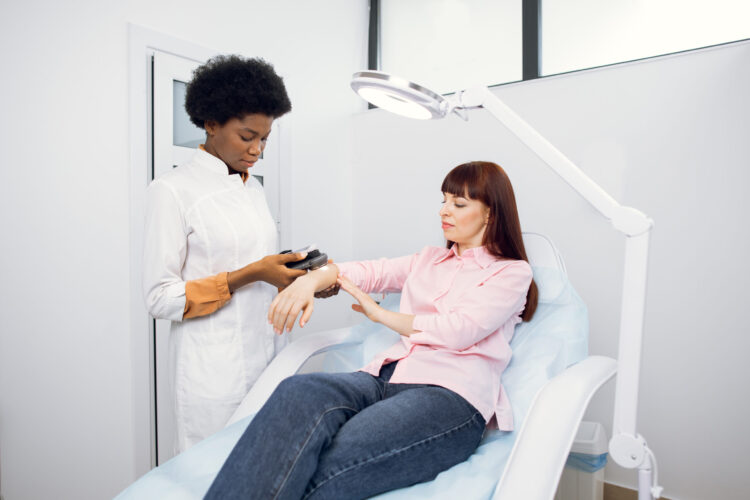Sometimes patients at Cochise Oncology experience problems with their lungs. When this happens, doctors will frequently examine them with a bronchoscope.
A bronchoscopy (which comes from the word “bronchial” or airway) is a diagnostic technique that involves inserting a thin tube called a bronchoscope through your nose or mouth and down into your airways.
The purpose of the procedure is to check your lungs and air passages for disorders. The bronchoscope allows doctors at Cochise Oncology to get a clear view of the tissue itself and determine whether you have a disease. Many patients receive bronchoscopies when x-ray technicians detect something unusual.



